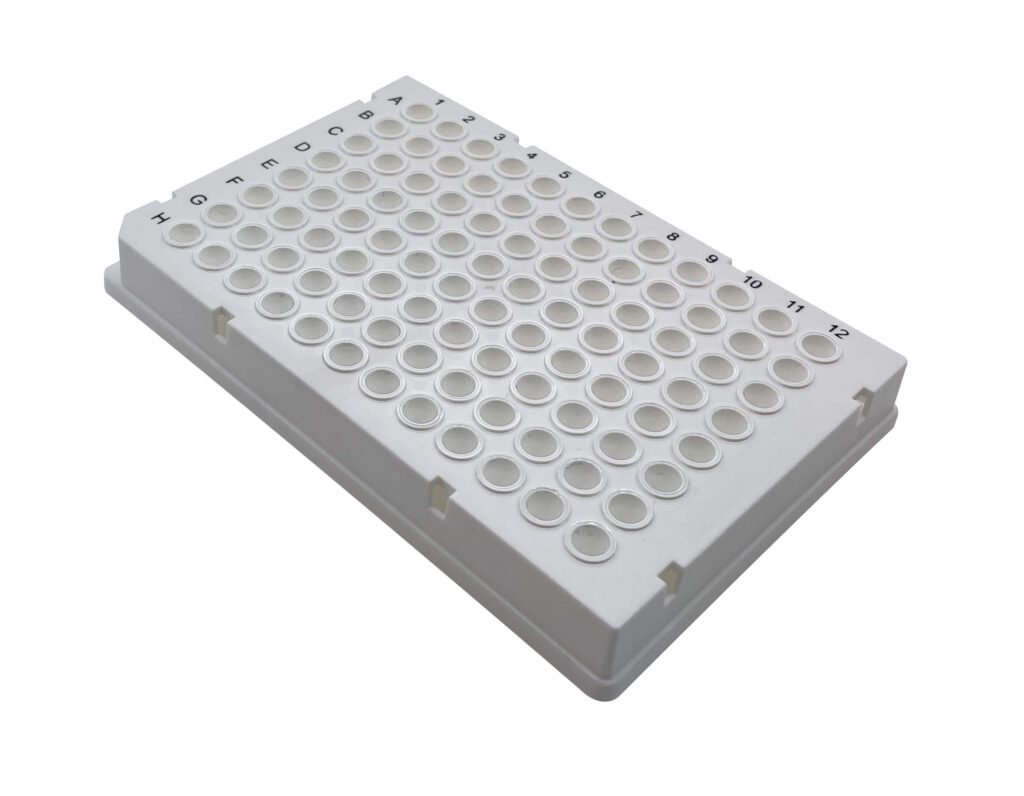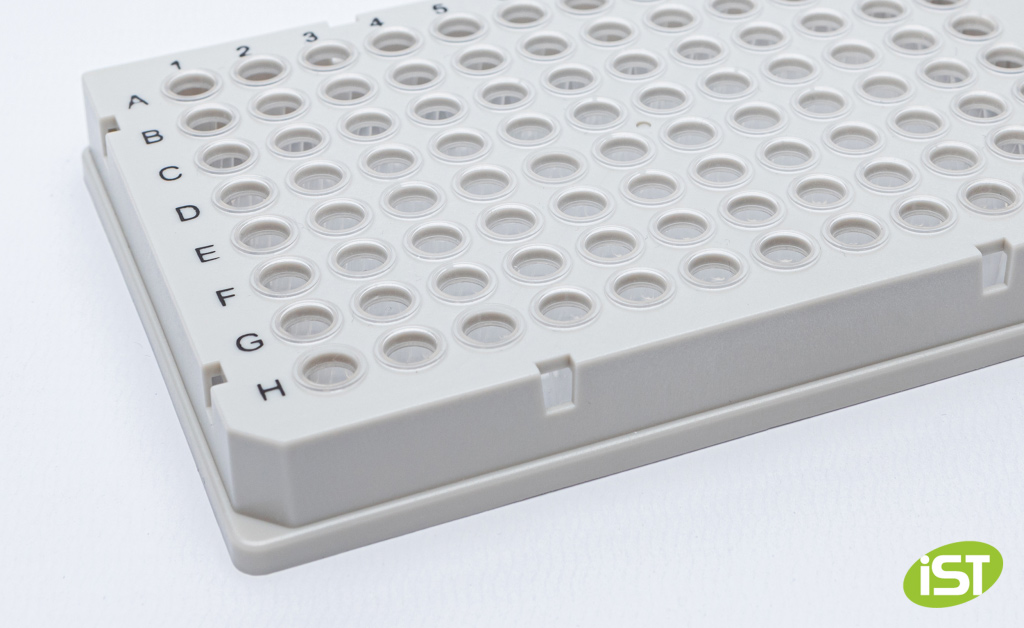Why use Hardshell PCR Microplates?
If you work in a laboratory that regularly uses PCR machines, you know that having high-quality microplates is essential for successful experiments.
PCR microplates are available in a variety of materials, but hardshell PCR microplates are often the best option for businesses. Here are 3 reasons why.
A Brief History of Microplates
Researchers today owe thanks to Dr Gyula Takátsky, the Hungarian scientist and inventor who invented the first microplate in 1951. His invention was driven by an influenza epidemic that caused a shortage of test tubes and pipettes. To continue research unimpeded, Dr Gyula Takátsky also designed platinum spiral loops that could be calibrated to replace pipettes.
Takátsky’s original microplate was made using Lucite, (Polymethyl Methacrylate or PMMA).
A few years after publishing papers informing the world what he had done, microplates caught on and accelerated research.
Microplates quickly became popular in scientific labs around the world, as they provided a more efficient way to conduct experiments. In the 1980s, advances in automation led to the development of robotic systems that could handle microplates, making it possible to run large numbers of samples through PCR machines quickly and easily.
Modern Microplates
Microplates are now used across the globe for quantitative and qualitative high-throughput screening and research. Microplates are manufactured in different sizes, shapes, and materials and with colours and surface coatings to suit every purpose.
Costs range from a few pounds to hundreds of pounds and can potentially use up a large portion of the budget. Experience tells us that it makes financial sense not to compromise on the quality of the microplate.
The quality and type of materials used to create impacts performance by determining robustness and affecting absorption or interaction with substances within the wells, thereby influencing results.
Choosing the best microplate for your experimentation could save time, money and effort and enhance the validity of your data. It is therefore a definite advantage to understand the materials, properties and performance of your chosen plate.

When to use a Hardshell PCR Microplate
Warping, shrinkage or distortion of microplates adversely affects robotic handling, seal integrity and ultimately, your results.
Hardshell PCR plates are made using a rigid two-component thermostable polypropylene for the skirt and the deck. This material is unaffected by temperature, pressure and humidity changes and due to its inert quality, it is unreactive with the substances it comes into contact with.
Hardshell microplates are therefore the perfect choice for experimentation that includes thermal cycling and will be unaffected by sterilization procedures.
Three Main Reasons to Choose Hardshell PCR Microplates
1. Hardshell PCR microplates are durable
Rigid two-component hardshell microplates are designed not to warp during temperature fluctuations, for example during a PCR cycle and sterilization. This allows the plate to be able to withstand the stresses of a PCR cycle, reducing variability across wells for more reliable data.
2. Hardshell PCR microplates are more consistent
The thermostable polymers used ensure plate size and shape remain stable and predictable during your precise robotic handling. This means the plate performance is more consistent across data sampling.
3. Hardshell PCR microplates can reduce costs
To save costs and achieve a better return on investment. It makes financial sense to reduce avoidable waste by investing in consistent, reliable equipment. High-quality products optimise performance and ultimately, reduce costs.
Summary
Hardshell microplates are the best option for processes involving temperature change.
Manufacturing is a complex process involving specialist skills and equipment and an intelligent selection of high-quality materials.
The stability of good quality hardshell microplates provides consistency, accuracy and reliability. Always choose microplates from trusted suppliers who manufacture plates using appropriate medical grade or molecular biology grade, where necessary, for optimal performance.
A good example is the iST Exo-Frame, which benefits from a grey polycarbonate frame to eliminate warping during PCR testing. Our hardshell microplate benefits from clear-bottomed wells to provide superior imaging properties. Scientists have selected this combination for its versatility and performance.
For more information, please contact our team.

